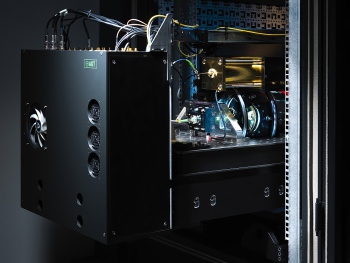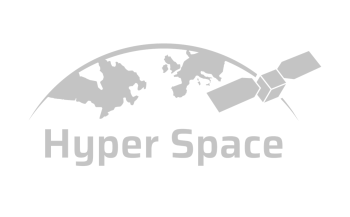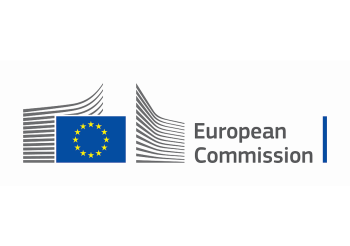
-
About
- News | Events | Jobs
- Ecosystem
- Projects
- Funding
- Media

The Quantum Simulation section has been revamped with two fresh KPIs—measuring performance and market adoption. The takeaway: real-world industrial and societal use cases for European quantum simulators are already here.
Quantum technologies will provide disruptive solutions for processing information, exchanging data and interacting with the world around us. The European Commission has identified quantum technologies as a critical technology area, launching different quantum initiatives to consolidate and expand European scientific leadership and excellence in this area, to develop a competitive European industry in quantum technologies and to make Europe a dynamic and attractive region for innovative research, business and investments in this field.
In this sense, the Quantum Strategic Advisory Board (SAB) has defined a set of ambitious KPIs to guide, track and monitor the progress of the quantum technology in Europe. The KPIs monitor six key aspects of the quantum field: Ecosystem, Quantum Communication, Quantum Computing, Quantum Simulation, Quantum Sensing and Metrology, and Education.
The 2024 values of the KPIs for Quantum Technologies in Europe have now been published.
The KPIs values were defined with the best present knowledge of the European quantum community, combining reasonable and attainable results with a healthy dose of ambition. However, the fast progress in some areas and the rapid advancement of technology make this a ‘living document’, requiring periodic review and adjustment.
Last year the Quantum Computing section of the KPIs was adapted to consider the evolution of the field. Additional benchmarking criteria were added to ‘quantum volume’, which was one of the only benchmarks available when the KPIs were created in 2021.
This year, a strong effort has been devoted to redesign the Quantum Simulation section. Based on the expertise of European scientific leaders in this field, two new KPIs on Quantum Simulation are introduced. These KPIs reflect the Performance and Market adoption of quantum simulators. They show that use cases with industrial or societal applications are already demonstrated with quantum simulators.
The information presented in this document results from the collaboration among the academic, public, and private sector representatives from SAB, the Quantum Coordination Board (QCB), the Quantum Community Network (QCN), the European Quantum Industry Consortium (QuIC), and the Flagship coordination office through the Coordination and Support Action QUCATS. The KPI values for 2024 were measured in early 2025 by surveying the members of the SAB, the QCB, the QuIC and the QUCATS. The plausibility of the collected results was verified and validated by the SAB. Multiple rounds of feedback from those bodies were collected to define the 2024 KPIs values, to tune the target values for the year 2030, and estimate the annual progress required to reach those targets.
A colour scale is used to represent the health of the KPIs in terms of the feasibility of reaching the ambitious 2030 targets. The document also highlights the KPIs in which Europe is ahead of the expected schedule, or the 2030 target was already achieved, showing the extraordinary advancement of Europe in the field of quantum technologies.



